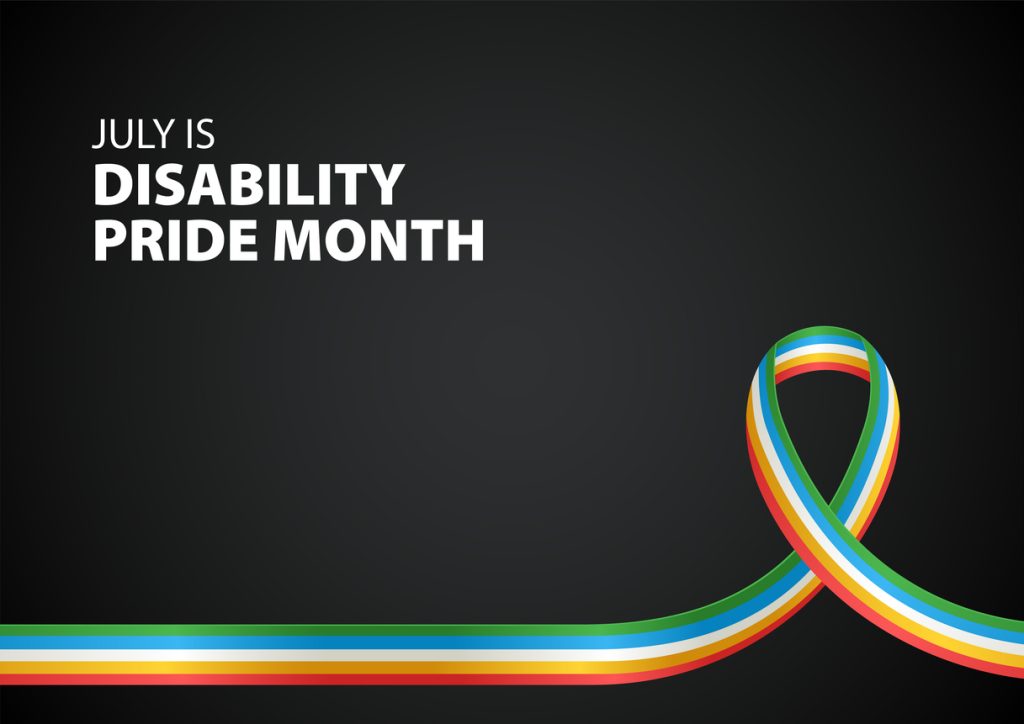DEI & Leadership Blog
Celebrating & Honoring Disability Pride Month
While many people are familiar with June as LGBTQIA+ Pride Month, with its ubiquitous rainbows, most of us are less familiar with July being Disability Pride Month. On July 26 1990, President George Bush signed the Americans with Disabilities Act into law. The ADA, as it came to be known, was a landmark piece of legislation, affording basic civil rights to people with disabilities that most others took for granted, such as being able to enter a public building or ride a city bus. Celebrating July as Disability Pride Month is meant to recognize this historic milestone and acknowledge the ongoing advocacy against the struggles that people with disabilities continue to face today.

There are more than 40 million Americans living with a disability, making them one of the largest minority groups in the country. Types of disabilities can include physical, intellectual, sensory, neurodivergence, and mental illness. While some people with disabilities are easily recognizable, such as someone who uses an assistive device, many people have hidden disabilities. Additionally, someone who is able-bodied today may become disabled at some point in the future. As we work to build organizations and communities that are increasingly inclusive, it is critical for us to thoughtfully consider how we support our clients, colleagues and community members that are experiencing disability.
Jenifer Gilmore, Prevention Program Coordinator at Together for Youth, shares her experience of working with visual impairment and the reasonable accommodations that have supported her succeeding in her job. She says:
“Living with low vision has challenges when navigating a world where observation is highly important. Together for Youth has supported me from day one.”
From the beginning, Together for Youth has been a steadfast source of support, assisting Jenifer with transportation for agency business via train, bus, or cab. This is particularly crucial outside of NYC or during late-night travel when public transit may be unreliable.
Together for Youth has also supported Jenifer in developing strategies to manage her significant visual impairment, including partial retinal detachment. They provided her with text-to-speech software on her computer, allowing for full voice control. Jenifer is grateful for the advancements in technology over the nearly 25 years she has been with Together for Youth, especially the accessibility features now built into our computers.
Recognizing the importance of pre-navigating to effectively support her work, she reviews training or presentation materials in advance. This preparation allows her to focus on client needs and staff support. By internalizing key information, like the location of exits and restrooms, or printing out activities for training sessions, she ensures smooth operations even when she can’t rely on visual aids.

Whether in the workplace or in the larger community, there are things that each of us can do to make the world more inclusive for people living with disabilities. Here are some key tips for being a good ally:
Create an Inclusive Environment: Foster an inclusive work culture by being mindful of the physical and social environment. This includes checking in with colleagues to ensure that the meeting rooms and workspaces are meeting their needs. When planning events, whether they are during the workday or for team building outside of work, be sure to plan activities that everyone on the team can participate in. Ask about the accessibility features of new technology as it is being introduced so that you can be a support for colleagues that may need to use them. Colleagues can also advocate for and participate in disability awareness training to better understand and support the needs of their peers.
Offer Personalized Support and Open Communication: Engage in open and empathetic communication to understand the specific needs and preferences of colleagues with disabilities. This can involve check-ins to see if they need any accommodations or adjustments to their workload. Additionally, offering to assist with tasks that may be challenging for them, such as navigating unfamiliar locations or helping with transportation arrangements, can demonstrate genuine support and allyship. It is important, however, to remember that having a disability does not mean that someone is incapable of accomplishing such things on their own. Be sure to ask what kind of support would be most meaningful before jumping in to help.
Use Person-Centered Language: Words matter, so it is important to use language that empowers and engages. It is generally preferable to put the person ahead of the disability. For example, instead of “a blind person,” try using the phrase “a person experiencing blindness.” When referring to people who use assistive devices, the same guidance applies; instead of “wheelchair bound”, a better descriptor would be “person who uses a wheelchair.” An exception to this might be when referring to someone who is a member of the Deaf community, as this often represents a cultural identity that transcends disability. As with any marginalized community, the language that people with disabilities use to identify themselves evolves over time. Participating in ongoing disability awareness training is one way to help ensure that you are using terminology that empowers rather than excludes.
Creating an inclusive and equitable community is up to all of us. As Helen Keller said, “We live by each other and for each other. Alone we can do so little; together we can do so much.”
